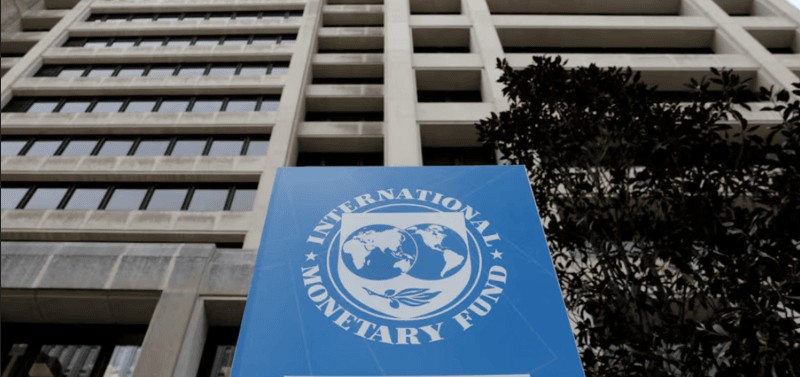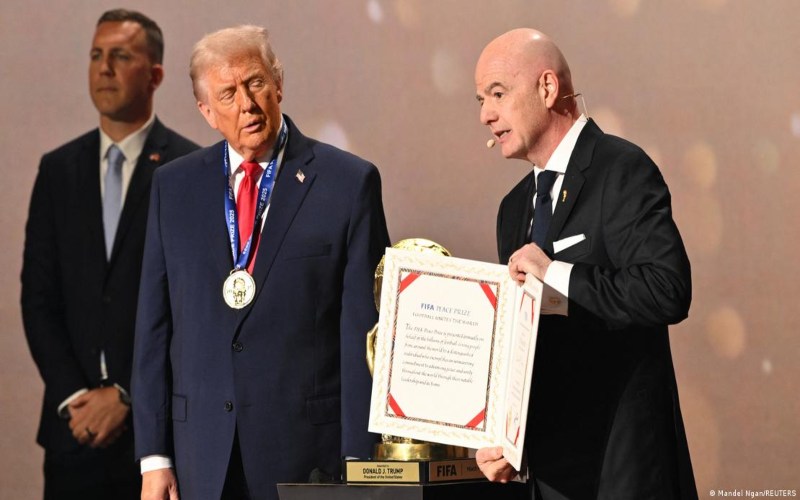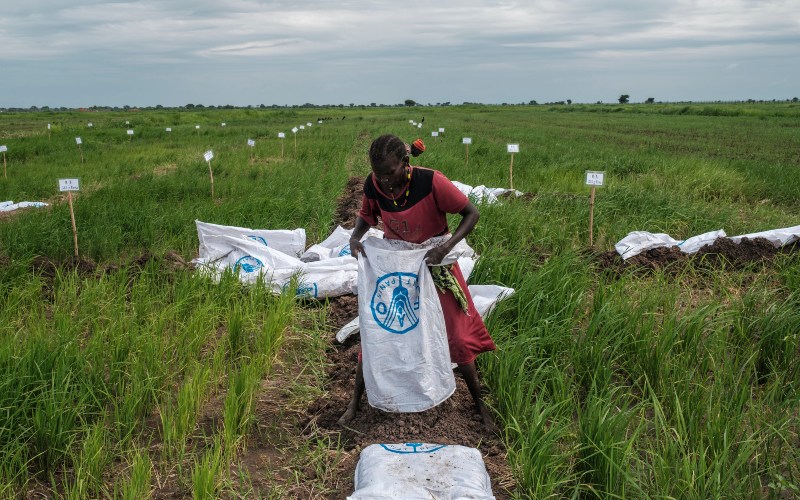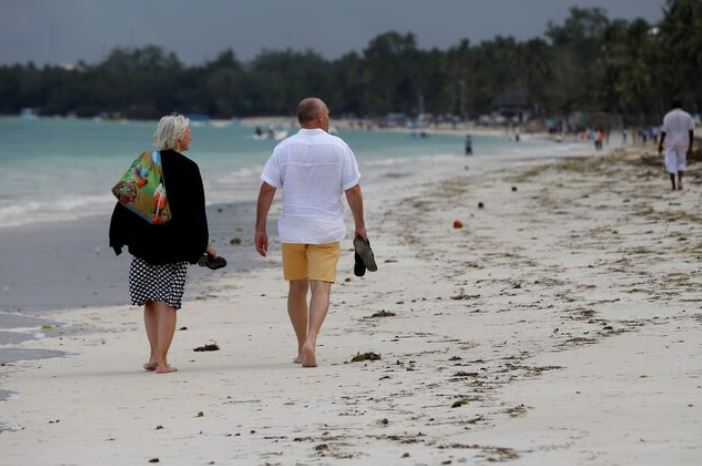Global economic outlook dims as IMF warns of prolonged uncertainty

While the IMF’s most recent forecast in July projected global GDP growth at 3.0 per cent for 2025, down from 3.3 per cent in 2024, new projections expected next week could signal even deeper headwinds for the world economy.
The head of the International Monetary Fund (IMF) has issued a stark warning about the state of the global economy, declaring that uncertainty is the new normal and is here to stay.
Speaking ahead of the IMF-World Bank Annual Meetings scheduled for next week, October 13 to 18, the IMF’s Managing Director, Kristalina Georgieva, flagged a likely slowdown in global growth.
More To Read
- Over half of circular economy workers lack protection, ILO report finds
- World Bank warns political interference weakening Kenya’s state-owned enterprises
- WHO calls for urgent action to achieve universal health coverage by 2030
- African countries take lead in push toward universal health coverage for 1.5 billion people by 2030
- Developing countries’ debt servicing cost hit 50 year high on high interest
- Ruto backs IMF partnership as key to Kenya’s debt, economic reforms
“As our World Economic Outlook will explain next week, we see global growth slowing only slightly this year and next. All signs point to a world economy that has generally withstood acute strains from multiple shocks,” Georgieva said.
This is on the back of mounting geopolitical tensions, shifting trade dynamics and the lingering effects of inflationary pressures.
“As I look at the world over the decades, I see incredible progress, but also unfulfilled dreams. The average person today is much better off than, say, 30 years ago, but the averages conceal deep undercurrents of marginalisation, discontent and hardship.”
She added that many people in many places, especially the young, are taking their disappointment to the streets, demanding better opportunities.
In particular, she highlighted that the full impact of newly imposed US tariffs has yet to be felt, suggesting further strain may lie ahead for global trade and investment.
“On tariffs, the full effect is still to unfold. In the US, margin compression could give way to more price passthrough, raising inflation with implications for monetary policy and growth,” she noted.
“Elsewhere, a flood of goods previously destined for the US market could trigger a second round of tariff hikes.”
On the flipside, she remained confident that although world trade is rippling, it is still flowing, calling on policymakers to keep it that way, preserving trade as an engine of growth.
While the IMF’s most recent forecast in July projected global GDP growth at 3.0 per cent for 2025, down from 3.3 per cent in 2024, new projections expected next week could signal even deeper headwinds for the world economy.
Notably, the upcoming IMF’s updated outlook comes at a critical moment for policymakers, investors, and businesses grappling with an increasingly complex and fragmented global environment.
To mitigate the risks of future uncertainty, the Fund’s chief outlines three medium-term policy priorities.
The first is to sustainably boost economic growth, enabling job creation, increased public revenue, and improved debt sustainability in both the public and private sectors.
Second is to restore fiscal health, allowing governments to respond to future shocks and meet urgent needs without pushing up borrowing costs for the private sector.
Last is to tackle excessive imbalances, both domestic and external, to prevent them from becoming a source of instability.
Top Stories Today













































